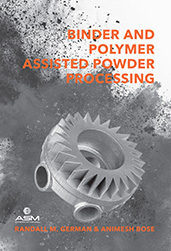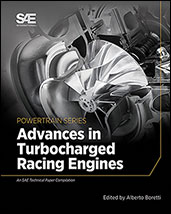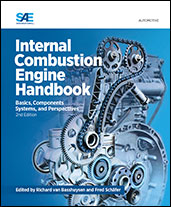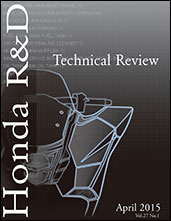Book

Composite Materials Handbook Volume 1 - Revision H
2022-09-06
The first volume of this six-volume compendium contains guidelines for determining the properties of polymer matrix composite material systems and their constituents, as well as the properties of generic structural elements, including test planning, test matrices, sampling, conditioning, test procedure selection, data reporting, data reduction, statistical analysis, and other related topics. Special attention is given to the statistical treatment and analysis of data. Volume 1 contains guidelines for general development of material characterization data as well as specific requirements for publication of material data in CMH-17. The primary purpose of this volume of the handbook is to document industry best-practices for engineering methodologies related to testing, data reduction, and reporting of property data for current and emerging composite materials. It is used by engineers worldwide in designing and fabricating products made from composite materials.



















